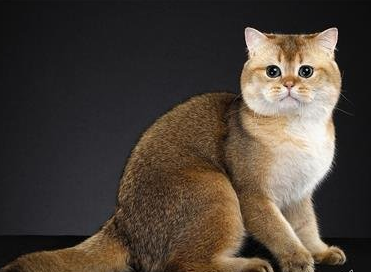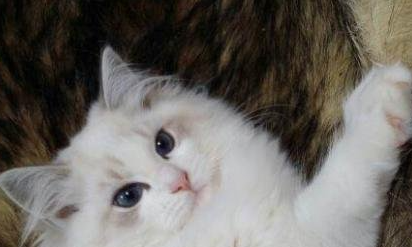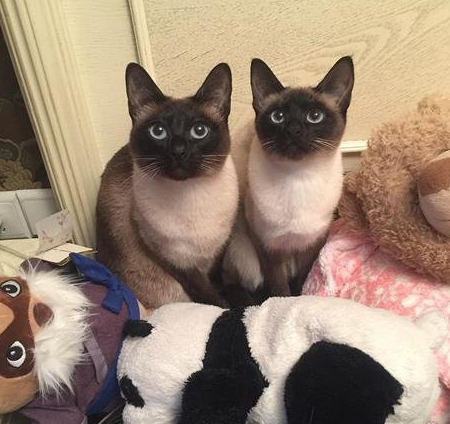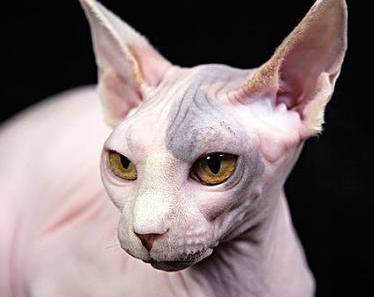
CFA judging criteria for Sphinx cats
Sphinx cats were recognized by the International CatLife in 2005, so how does the International CatLife judge sphinx cats? CFA mainly from the body, head, eyes, tail, coat, coat color and other aspects to evaluate the Sphinx cat, let’s take a look at the Sphinx cat CFA evaluation criteria:
Body: The weight generally reaches 3.5 to 7 kg, the shape is peculiar, the body is strong, the muscle is developed, the chest is deep, the back is hunched, and the abdomen is compact and not retracted. The limbs are slender, the bones are slender, and the hindlimbs are longer than the forelimbs.
Head: the head is angular, broad and wedge-shaped, the cheekbones are prominent, the cheeks are thin, the face is triangular, the auricles are large and upright, towering above the head, the ear ends are pointed round, slightly forward-leaning; The eyes are large and slightly lemon-shaped, slightly oblique.
Eyes: lemon-shaped eyes, large and slightly protruding, the eye color is mostly orange and blue; The upper corner of the eye is obliquely toward the ear, and the spacing is wider.
Tail: The tail is slender and long like a mouse, bent and upturned like a long whip.
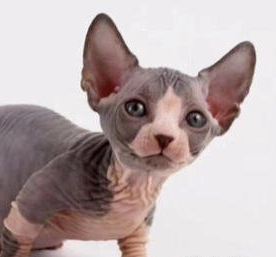
Coat: Newly born kittens have many wrinkles and are covered with soft fetal hair, which remain only on the head, limbs, tail and ends of the body as they age.
In addition to some thin and soft fetal hair in the ears, mouth, nose, tail front, feet and other parts of the cat, the rest of the body is basically hairless. Not without hair, some Canadian hairless cats have a very thin, imperceptible layer of body hair, which is very thin and close to the skin, and feels like a warm and fresh peach to the touch. Like a suede warm water bag, the muscles of a horse, or a hot piece of antelope skin.
Coat color: The Canadian hairless cat has been bred to have all the cat colors, all of which are displayed on the skin, but the eye color is commensurate with the body color. Where dark fur should appear on their bodies, there will be pigment.



